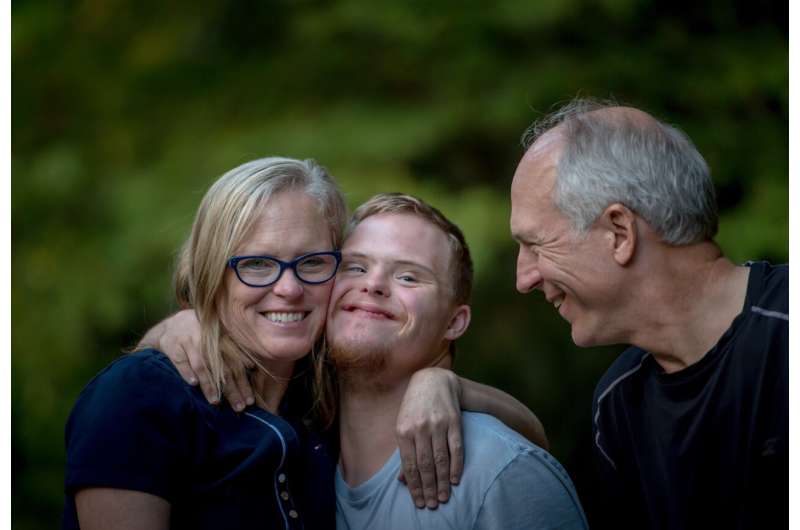COVID was deadlier for those with intellectual and developmental disabilities

Authors of a new paper have discovered that COVID was the leading cause of death for people with intellectual and developmental disabilities (IDD) in 2020.
The study, “COVID-19 Mortality Burden and Comorbidity Patterns Among Decedents with and without Intellectual and Developmental Disability in the US,” looked at 2020 death certificate data to examine death patterns for people with or without IDD. They found that those without an IDD, COVID was the third leading cause of death, following heart disease and cancer. But for those with IDD, COVID was the number one cause of death.
IDD are conditions characterized by life-long impairments in mobility, language, learning, self-care, and independent living. Examples include Down Syndrome, cerebral palsy, and intellectual disabilities.
Syracuse University Associate Professor Scott Landes and lead author of the paper, published by the Disability and Health Journal, said that this study had confirmed earlier predictions that COVID-19 would be deadlier among people with IDD.
“Even when we adjusted for age, sex, and racial-ethnic minority status, we found that COVID-19 was far deadlier for those with IDD than those without,” said Landes. “Furthermore, people with IDD were dying at much younger ages.”
The research team for the study includes Landes, a faculty associate for the Aging Studies Institute at Syracuse University’s Maxwell School of Citizenship and Public Affairs; Julia Finan, a graduate student in the sociology department at the Maxwell School at Syracuse University; and Dr. Margaret Turk, Distinguished Service Professor of Physical Medicine and Rehabilitation at SUNY Upstate Medical Center in Syracuse, N.Y.
In understanding why the COVID-19 burden is greater for people with IDD, the researchers feel that more attention needs to be given to comorbidities as well as living arrangements.
“People with IDD are living in congregate settings at a higher percentage than those without an IDD,” said Landes. “Group living situations, especially with close-contact personal care support, is associated with the spread of COVID-19. For the estimated 13 to 20 percent of adults with IDD living in these settings, the risk cannot be overstated.”
“While it is important to attend to differences in comorbidity patterns, it is also necessary to realize that the increased COVID-19 burden among people with IDD may at least partly be due to social factors such as a higher proportion of this population living in group care settings, insufficient attention to care needs on a public and private level, and inequities in access to quality healthcare,” said Landes.
Additionally, the researchers noted the higher occurrences of hypothyroidism and seizures among all IDD statuses, and obesity among decedents with intellectual disability and Down syndrome. “Out of an abundance of caution, medical providers should carefully monitor symptoms among COVID-19 patients with IDD diagnosed with hypothyroidism and/or seizures.”
But the researchers say that more research is needed to explore these social factors in better understanding the COVID-19 death rates for people with IDD.
Furthermore, the authors note that the study is focused on the first year of the COVID-19 pandemic. A current data inequity that permits IDD to be reported as the cause of death prevents understanding whether people with IDD continue to experience a disproportionate COVID-19 burden.
Source: Read Full Article


